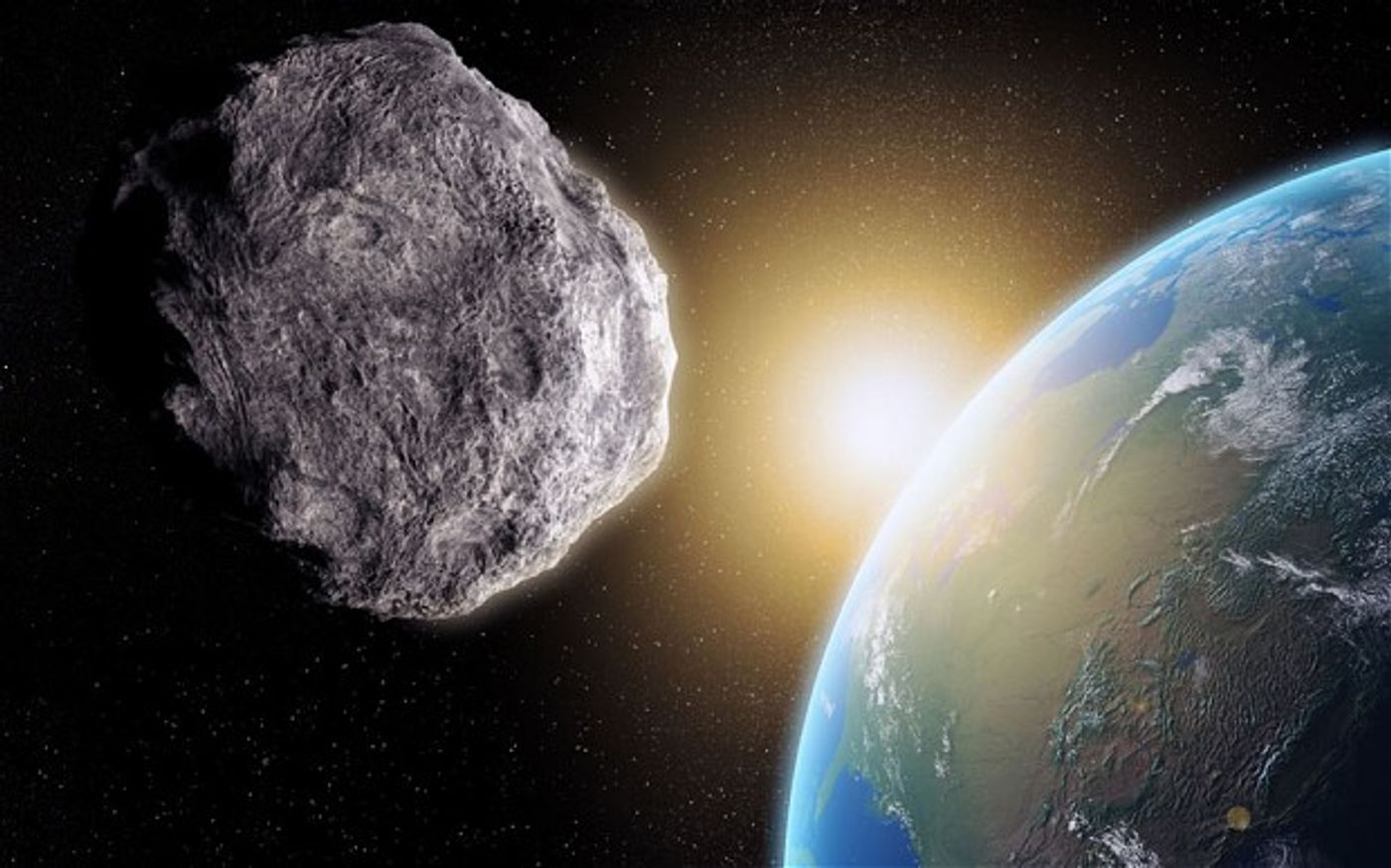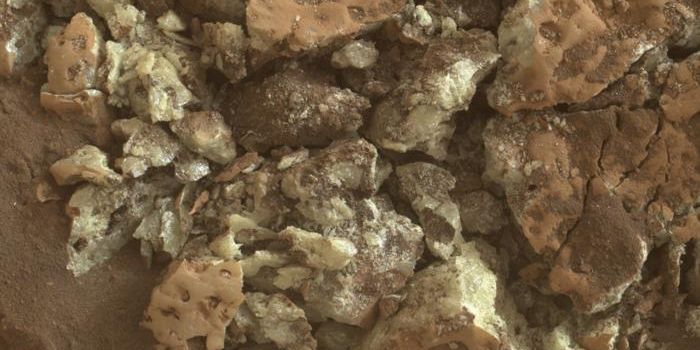Massive Asteroid Will Fly Closely Past Earth This Month
Don’t panic, but a pretty big and potentially hazardous asteroid dubbed 2014 JO25 is preparing to whizz past the Earth on April 19th.
Image Credit: NASA
As you can probably deduce from its name, it was only just discovered about three years ago. Fortunately, it’s expected to safely pass the planet at 4.6 lunar distances away, which isn’t close enough to cause any damage to the planet.
For those unaware, 4.6 lunar distances means 4.6 times the distance between the Earth and the Moon, which is almost 1,100,000 miles away.
2014 JO25 isn’t a tiny little space rock; it’s actually pretty big. At 2,000 feet across, it’s under half of a mile wide. Another thing we know about the asteroid from telescope-based observations is that it’s highly reflective – about twice that of our Moon.
At 4.6 lunar distances, this should mean the asteroid will exhibit a safe pass, but it’s still one of the closest passes for an asteroid of this size for quite some time, at least since 2004.
Related: How FEMA and NASA are working together to plan for asteroid emergencies
"Small asteroids pass within this distance of Earth several times each week, but this upcoming close approach is the closest by any known asteroid of this size, or larger, since asteroid Toutatis, a 3.1-mile (five-kilometer) asteroid, which approached within about four lunar distances in September 2004," NASA explains.
NASA is typically spot-on with these kinds of asteroid-passing distance estimates, so when they say it should be a safe pass, their reputation appears to be trustworthy.
The space agency plans to track the asteroid from Goldstone from April 16-21 and from Arecibo from April 12-21. Because we can see it coming, you can bet astronomers around the world will be seizing the opportunity to observe the asteroid up close with all of the observation power they’ve got. Even NASA plans to try observing it in detail:
“Radar observations are planned at NASA's Goldstone Solar System Radar in California and the National Science Foundation’s Arecibo Observatory in Puerto Rico, and the resulting radar images could reveal surface details as small as a few meters,” the space agency says.
While we might be safe from a collision from 2014 JO25, the eerie fact is that we only know about a fraction of the flying rocks in our Solar System, so you never know if one might surprise us all someday.









